Gunshot-Induced Forefoot Injury with Gracilis Free Flap Coverage.
Score and Comment on this Case
Clinical Details
Clinical and radiological findings: The patient sustained an accidental self-inflicted gunshot wound to the foot with a .30-06 caliber firearm. Initial clinical examination revealed significant soft tissue and bony injury to the forefoot, with disruption of normal morphology. Radiological assessment was consistent with a comminuted fracture pattern, likely corresponding to an AO/OTA classification of 89-A2, involving the metatarsals and associated soft tissue damage.
Preoperative Plan
Planning remarks: The preoperative plan involved debridement of the wound, restoration of forefoot morphology using percutaneous Kirschner wires, and stabilization of the medial column with a bridge plate. Definitive soft tissue coverage was planned in collaboration with plastic surgery colleagues using a free muscle transfer.
Surgical Discussion
Patient positioning: The patient was positioned supine on the operating table to facilitate access to both the foot for skeletal fixation and the thigh for gracilis muscle harvest.
Anatomical surgical approach: A percutaneous approach was utilized for the insertion of Kirschner wires to restore forefoot alignment. A separate incision was made medially for the placement of a bridge plate along the medial column of the foot. The gracilis muscle was harvested from the ipsilateral thigh, including its vascular pedicle, and transferred to the foot wound site.
Operative remarks:The surgical team performed two debridements prior to definitive wound coverage. The gracilis free flap was placed by plastic surgery colleagues, with microvascular anastomosis to an artery and vein proximal to the ankle. The muscle was embedded in the wound, and while initially bulky, it is expected to atrophy over time, resulting in a more normal foot contour. The medial column bridge plate was placed to maintain foot architecture during healing, with plans for removal at 4-6 months postoperatively.
Postoperative protocol: Postoperative rehabilitation included non-weight bearing on the affected foot for an initial period, followed by gradual weight-bearing as tolerated after removal of the Kirschner wires at 8 weeks. The patient is expected to achieve midfoot auto-fusion over time.
Follow up: Not specified.
Orthopaedic implants used: Kirschner wires, Medial column bridge plate.
Search for Related Literature

orthopaedic_trauma
- United States , Seattle
- Area of Specialty - General Trauma
- Position - Specialist Consultant

Industry Sponsership
contact us for advertising opportunities
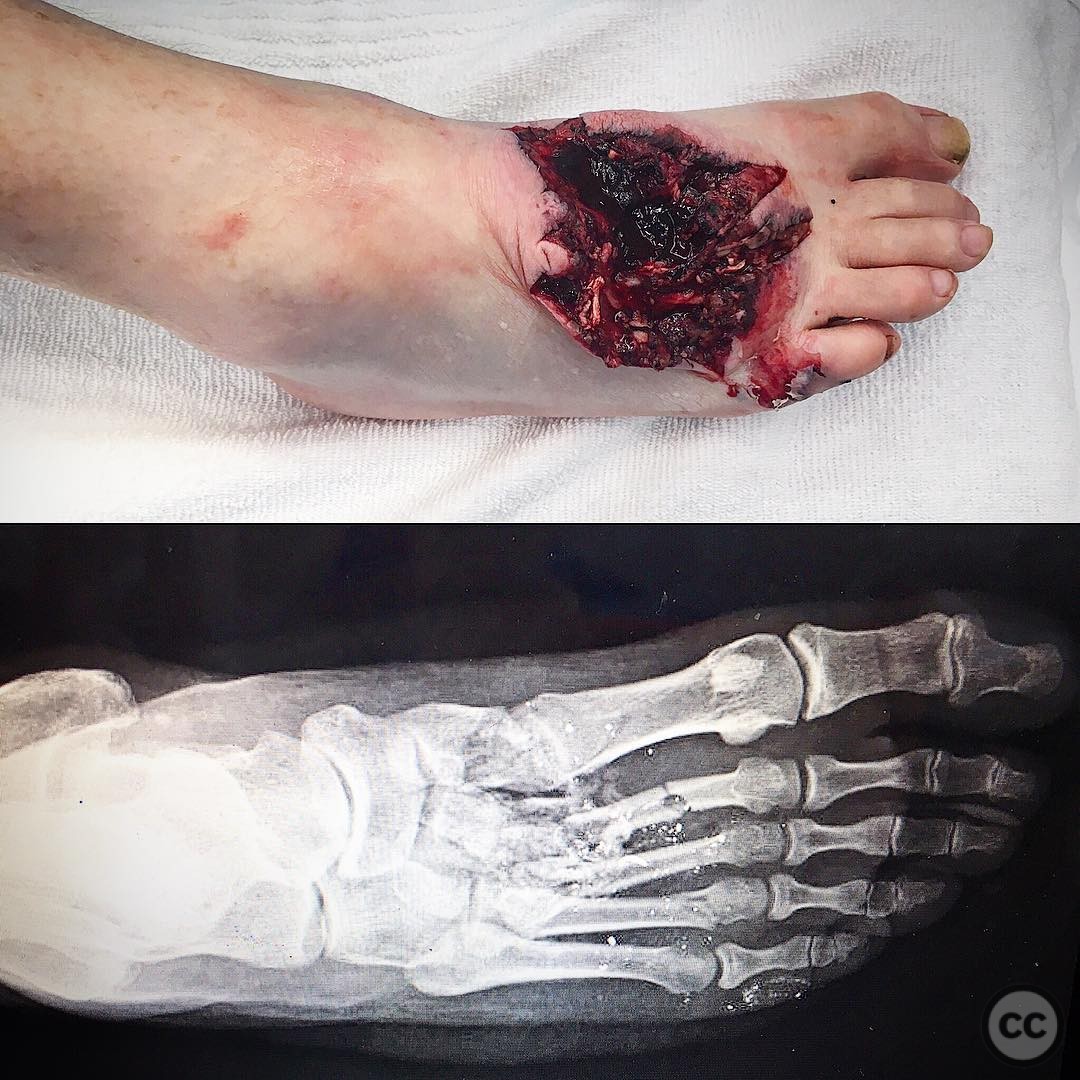
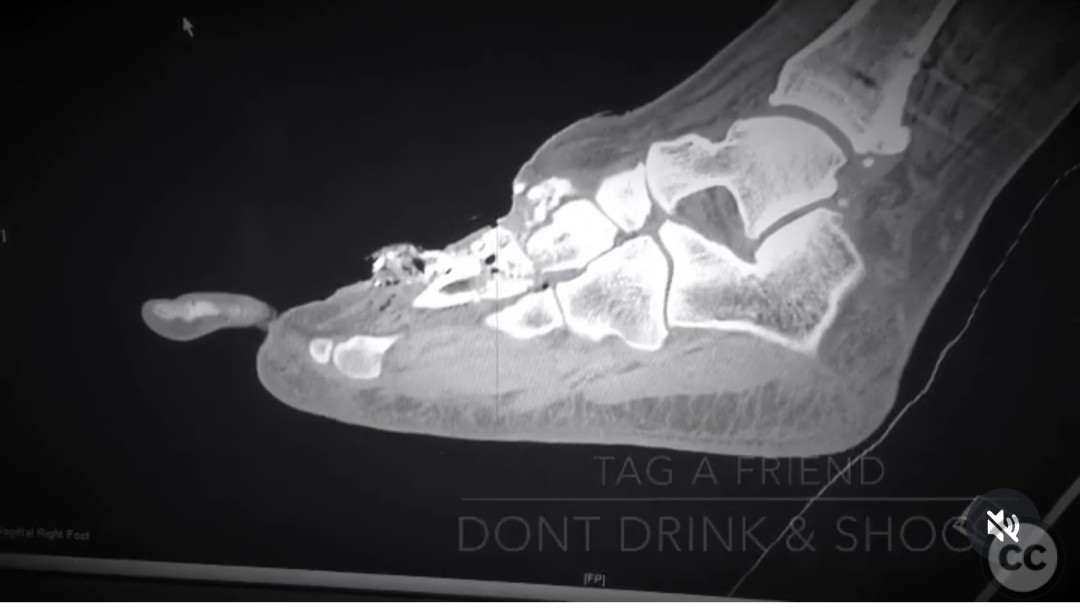
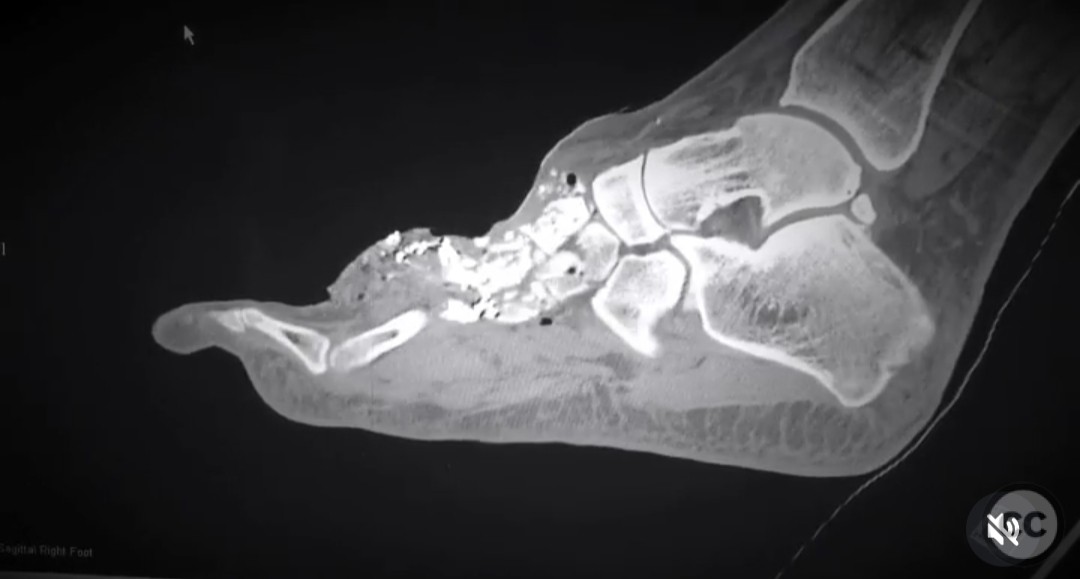
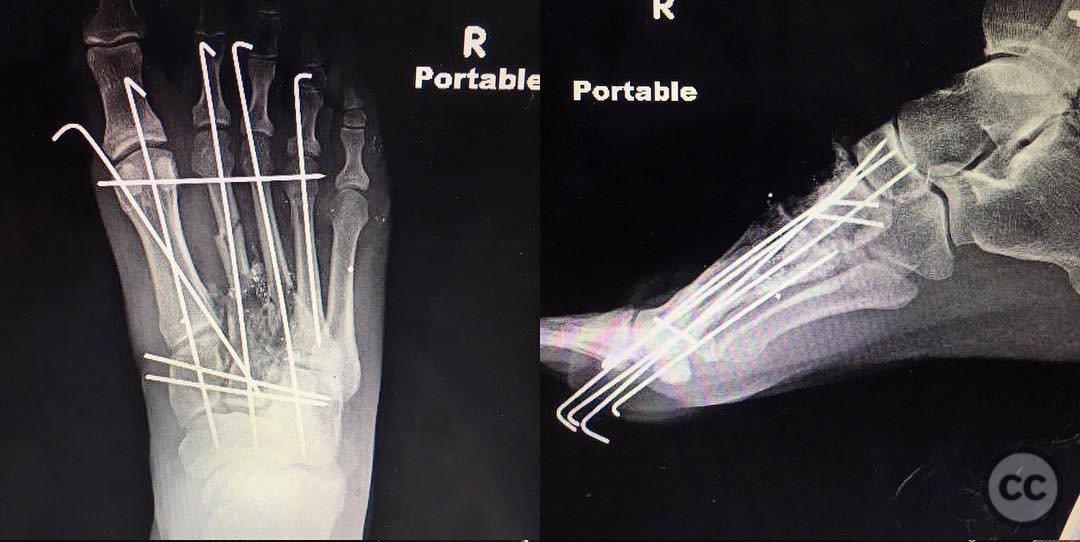
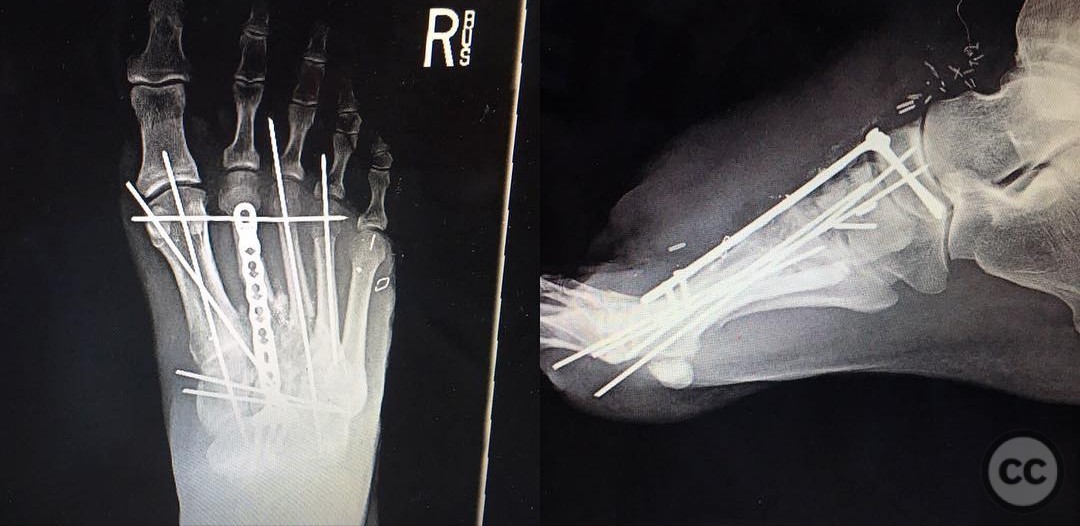
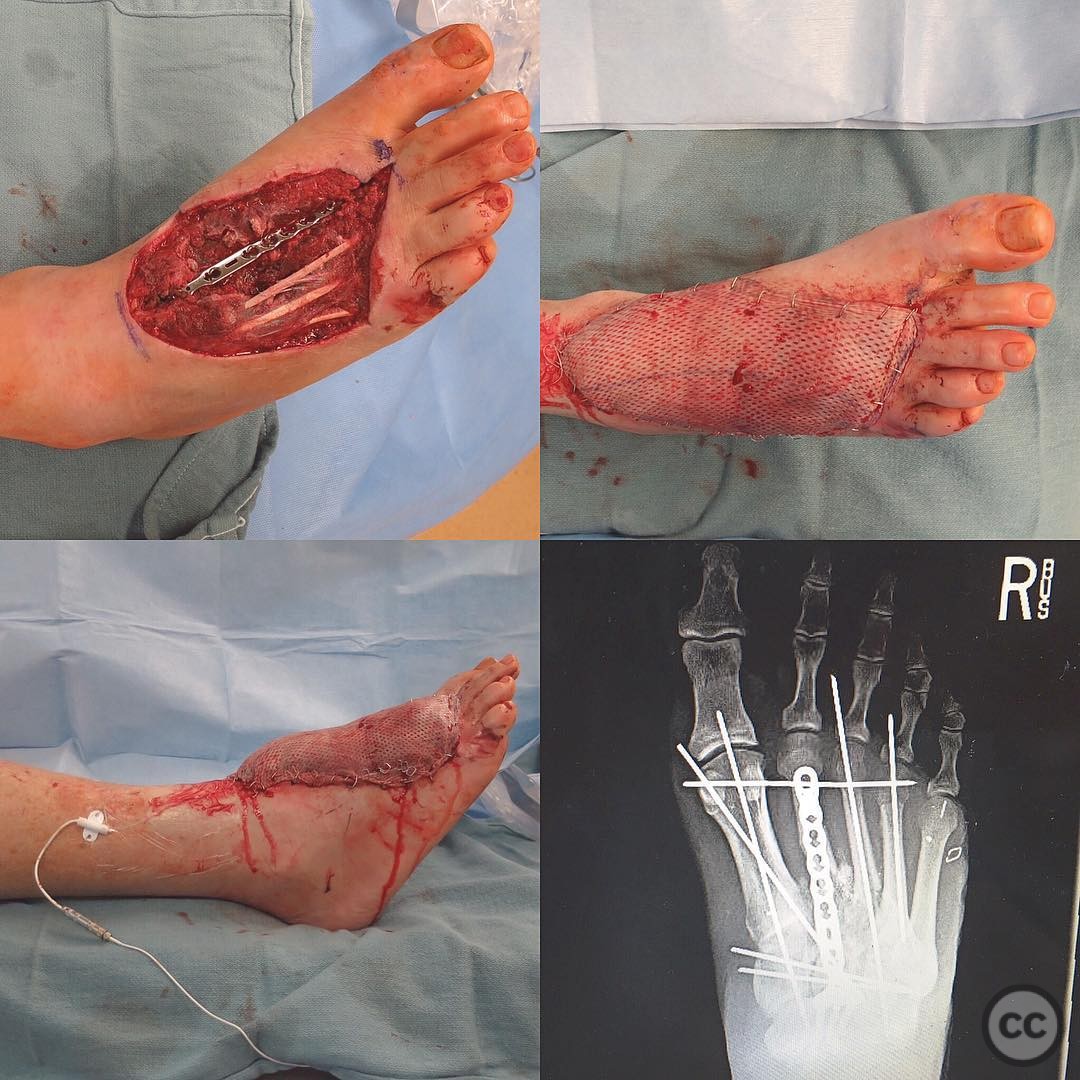
Article viewed 52 times
05 Aug 2025
Add to Bookmarks
Full Citation
Cite this article:
Surname, Initial. (2025). Gunshot-Induced Forefoot Injury with Gracilis Free Flap Coverage.. Journal of Orthopaedic Surgery and Traumatology. Case Report 29138690 Published Online Aug 05 2025.